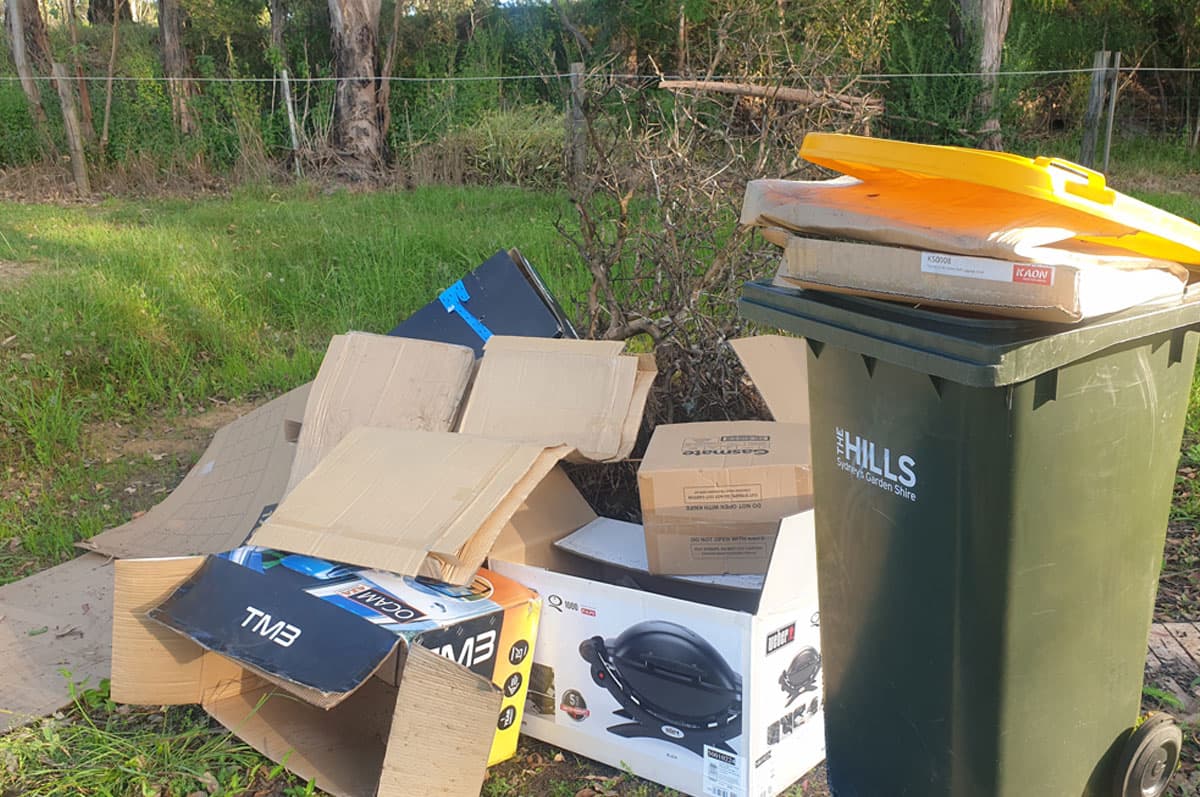Back in December 2020, we wrote an article about the 3 R’s of the Environment. Reuse – Reduce- Recycle. This focused on the actual recycling stream of waste in my council area.
12 months has passed. It’s certainly worthy revisiting the same waste journey to acknowledge the great progress that has been made, and what we need to strive to achieve in the next 12 months. This article summarises the comparison of our 2 extended family Christmas parties in Dec 2020 versus the same 2 events recently in Dec 2021. Whilst this is not an exact scientific study with a large sample size and accurate data, it does give a good summary of the same 2 family events, 12 months apart.
We can’t underestimate the success of the “container return and earn” system. Last year no other extended families were active in this program. They actually had very little interest. At 10 cents per bottle they had no interest. After detailing how we as a family segregate and return the bottles and cans, and then how the vouchers can be used for your favourite charity, it has changed their behaviour. They now understand that simply depositing them into a single council recycling bin has a much lower recovery rate for recycling.
This year it was great to arrive to see a series of bins labeled "cans" & "bottles" at the 2 events. The younger kids certainly had fun racing around collecting all the empties to go in the correct bins. There were no cans or bottles that ended up in the councils mixed waste recycle bins. Across to the 2 family events, $60.00 of returned containers was collected that will feed 4 homeless people for a week.
Another second big change was the reduction in the use of expanded Polystyrene. The nature of how this fragments and ends up loose in the environment. It is no longer considered a good packaging medium. Last year the quantity collected was greater than 2 recycling bins. This year it was only 4 small sheets of polystyrene foam! It has been replaced by clever die cut cardboard folding inserts that still locate the parts within a carton, and also serve to absorb the impacts through supply chain. There was also a large reduction in plastic adhesive tape that has been replaced by staples and dots of hot melt glue, plus clever crash lock fastening systems. There was also a very marked reduction in the use of plastic bags for all the internal parts.
So great progress but what improvements for the next 12 months?
First my local council needs to consider an additional collection on the day before Christmas and one in the week after Boxing Day. Our recycle bins were totally full before Christmas day so there were so many large good cardboard cartons that would not fit. What were our alternatives?
- We made a large stacked pile of collapsed cartons beside the recycle bin but they would not collect them. Drivers aren’t paid to get out of their trucks.
- We tried to pile them on top of the bin and under the lid. Some of them made the truck, but most fell off and were left on the ground
- We could have added them onto our garden incinerator pile and burnt them. Solves our waste problem but a total waste of good recyclable cardboard
- There is always the evening night run. The night before collection you drive around the local streets and locate partly empty recycle bins and put your excess in their bins. A bit cheeky
- We ended up tearing ours into small bundles and will gradually add them to our recycling every 2 weeks for the next 8 weeks to use them up.
The council will have the data on what an extra recycle run would cost them versus the recovered vale they get from the recovered recyclable waste.
With the high recyclability of glass, I don’t see why we refund 10 cents on a small glass beverage bottle, but don’t do the same on a large heavy wine bottle. On average each Australian throws 30 kg of empty wine bottles into the mixed recycling each year and I high proportion of these get smashed before segregation so contaminate wide quantities of otherwise reclaimable waste.
There are projects that are starting to focus on better use of waste food, good progress on thin plastic bags and complex printed Christmas papers, The challenge is to adapt these processes for high volumes.
Finally we are certainly seeing the start of large quantities of plastic bottles with very high recycled content (well done Coca Cola and Goodman Fielder).
There is lots of work for these high use of recycled content to be expanded into far greater plastics use. We were highly impressed with the work Plastic Forests has already achieved in their use of reclaimed plastics and innovative end uses they have developed for it such as plastic fence posts from reclaimed silage film. We at Cormack have a dedicated team working on our offerings in our plastic cap range for 2022, so stay tuned.

